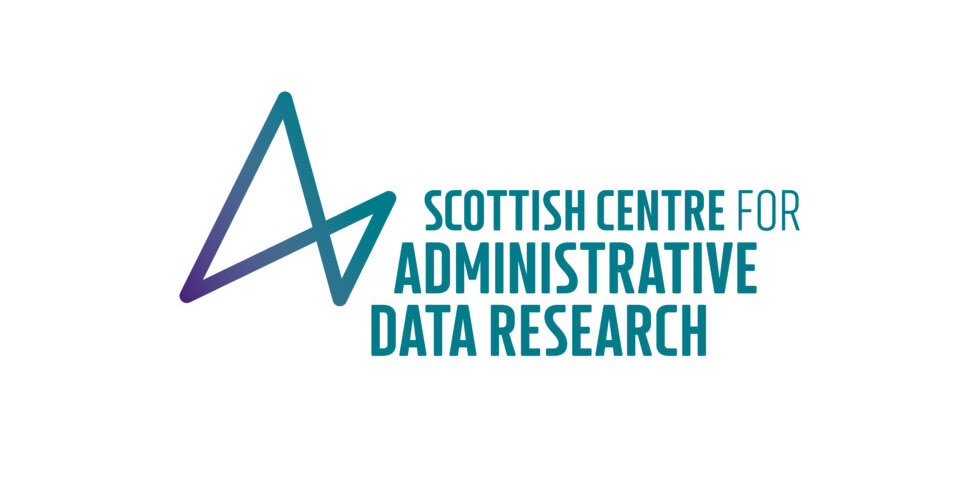Utilising data to understand the social dimensions of the nursing profession
Many years ago, I trained as a nurse at the Fife College of Nursing & Midwifery. I loved my time there and developed a passion for my profession. I qualified as a Registered General Nurse and practised for several years. With increasing academic requirements, I then went to university and studied the social sciences, eventually completing my doctorate at the University of St Andrews, which had a growing reputation for using large, linked administrative data. The work being undertaken by the university amazed me – their research demonstrated how people’s social circumstances could impinge on their lives. Since then, I have wondered if those approaches could be applied to nursing.

After securing a lecturing post, I was fortunate to become a member of the Scottish Centre for Administrative Data Research (SCADR). This membership has enabled me to develop my understanding of routinely collected data and how it can be used in social science research to benefit public health. One current project is using data to improve our understanding of the nursing and midwifery professions; specifically; recruitment, retention, and diversity.
Recruitment and retention in a socially diverse profession
The nursing and midwifery professions are experiencing notable challenges to recruitment and retention. A report from June 2022 indicated that NHS Scotland had over 6,000 unfilled vacancies, which was a jump of 24% from the year before. That figure does not include the social care sector so we can assume the overall figure will be even higher.
The Nursing and Midwifery Council (NMC) indicate that there are some 750,000 people on their nursing and midwifery registers. That’s more than the entire population of Glasgow. A very large number of people spread out across a considerable number of clinical areas and working in many different roles.
Finding a way forward is made more challenging when the profession is so large. Nurses themselves live in a range of social circumstances which may affect their ability to work full-time, or even to remain engaged with the profession long term. Despite this, very little is known about the socio-economic composition of the profession or how social and geographic circumstances affect retention and recruitment. We hope that our research exploring the dynamics of the nursing workforce will help bring clarity to this.
The potential of administrative data to inform policy
SCADR has worked with the NMC and Office for National Statistics (ONS) to develop an anonymised dataset from the NMC register for secure researchers to address key questions. When a person is registered as a nurse or midwife, information such as the date of qualification and place of qualification is captured. Analysing these dynamics over time creates a longitudinal dataset, enabling us to show:
how long people stay in the profession.
movement from one part of the register to another, e.g., hospital or community settings.
movement from one location to another.
how long people remain in the profession and whether retention is affected by what their role is or where they are based.
Findings will be released through blogs and reports on the SCADR website and elsewhere in academic papers and professional journals which will importantly feedback to those most affected: nurses themselves. We can then use this evidence to make recommendations to policymakers and help create supportive policies.
Our next steps will be to address questions made possible by linking to the 2021 census for England and Wales. The census data includes answers to a range of questions that, once analysed, will enable us to:
ascertain the social composition of the professions.
gain information on health and occupation.
Initial insights will look to establish how many registrants were practising in the week of the census and the reasons for not practising.
Developments in the future
What happens thereafter will be influenced by developments in the nursing and midwifery professions, the administrative data available and how we are guided by our stakeholder group. Key to our work is that it must support nursing and midwifery professionals and enable them to practise effectively. If it does the latter, it has been successful.
Dr Iain Atherton
Scottish Centre for Administrative Data Research and Edinburgh Napier University

You might also like…


Retired Queen’s Nurse Annual Gathering and Holiday 2025
